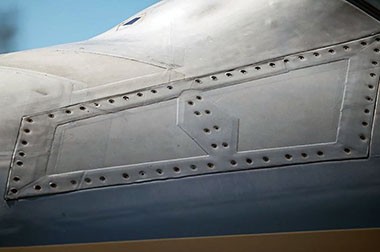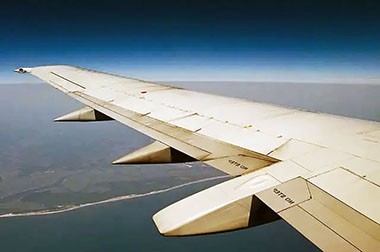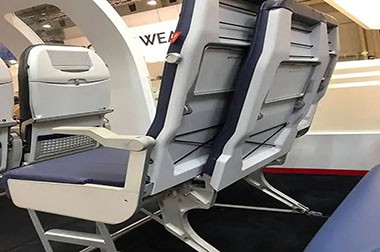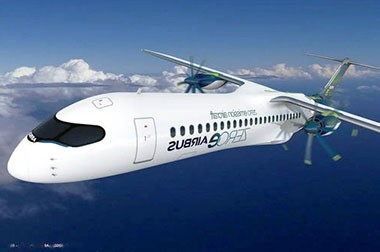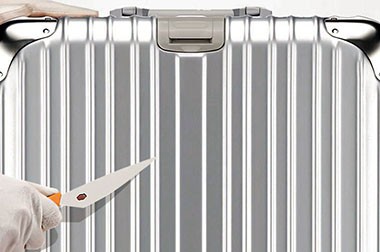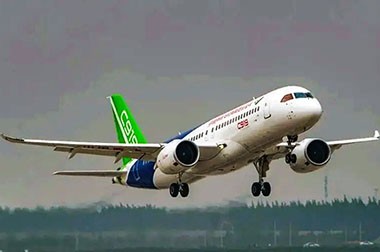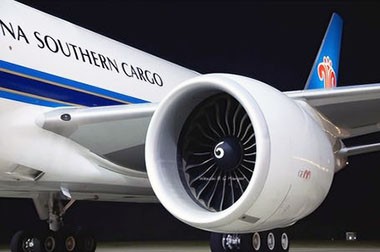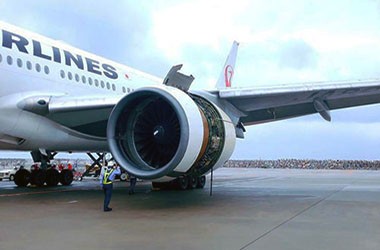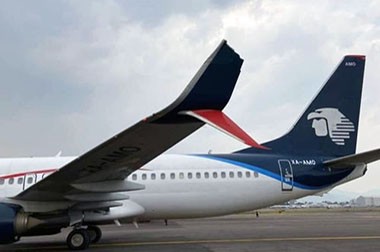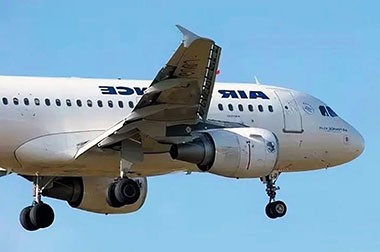Main Characteristics of Aerospace Aluminum Profiles
The selection of aluminum alloys for aerospace applications depends not only on their strength and weight but also on their performance in specific environments, such as heat resistance and corrosion resistance.

Main Characteristics of Aerospace Aluminum Profiles
1. Large-scale and Integrative Design
Aerospace products often require large structural components to meet the strength and stiffness requirements of aircraft. Aluminum profiles are designed and manufactured to be larger and more integrative, reducing the number of welds and joints, thereby improving the overall performance and reliability of the structure.
2. Thin-walled and Lightweight
In the aerospace field, reducing structural weight is an important design goal. The thin-walled design of aluminum profiles can effectively reduce material usage and overall weight while still maintaining sufficient strength and stiffness. This helps to improve the fuel efficiency and load capacity of aircraft.
3. Precision in Cross-sectional Dimensions and Geometric Tolerances
The production process of aerospace aluminum profiles requires high precision in cross-sectional dimensions and geometric tolerances to ensure fitting accuracy during assembly and use. Advanced casting and extrusion technologies can achieve high-precision aluminum profiles that meet stringent aerospace standards.
4. Uniform and High-quality Microstructure
The uniformity of the microstructure and performance of aluminum profiles is crucial for aerospace applications. By controlling the composition of the aluminum alloy and processing methods, a uniform metal microstructure can be obtained, thereby improving the mechanical properties and fatigue resistance of the material. Additionally, aerospace aluminum profiles often undergo heat treatment and surface treatment to enhance their corrosion resistance and wear resistance.
5. High Strength and Good Corrosion Resistance
Aerospace aluminum profiles typically use high-strength aluminum alloys (such as 7075, 7050, etc.), providing sufficient strength while maintaining lightweight characteristics. Additionally, the natural oxide film on aluminum has good corrosion resistance, making it suitable for use in harsh environments.
6. Good Machinability and Weldability
Aluminum profiles have good machinability, making them easy to machine, form, and treat surfaces, meeting the manufacturing needs of complex structural components. Furthermore, certain aluminum alloys have good welding performance, making them suitable for applications requiring welded connections.
7. Low Coefficient of Thermal Expansion
Aluminum alloys have a relatively low coefficient of thermal expansion, allowing them to maintain good dimensional stability in environments with significant temperature changes, making them suitable for temperature-sensitive applications in the aerospace field.
Aerospace Aluminum Profiles
1. Integral Stiffened Panel
- Structural Characteristics: Integral stiffened panels are aluminum alloy sheets manufactured using an integral forming process, typically featuring stiffening ribs on the surface. These ribs significantly enhance the stiffness and strength of the panels while maintaining a relatively low weight.
- Applications: This structure is widely used in aircraft fuselages, cabin partitions, and other areas that need to bear substantial loads. The stiffened design effectively distributes stress under load conditions, reducing material fatigue risks.
2. I-Beam
- Structural Characteristics: The I-beam is an aluminum profile shaped like the letter "I," with upper and lower flanges connected by a vertical web. This structure exhibits excellent resistance to bending and twisting, making it suitable for bearing large loads.
- Applications: I-beams are commonly used in wings, tail sections, and fuselage frames, providing good strength and stiffness while maintaining a relatively lightweight profile, making them a common choice in aerospace structures.
3. Wing Beam
- Structural Characteristics: Wing beams are aluminum profiles specifically designed for aircraft wings, typically featuring complex cross-sectional shapes to meet aerodynamic requirements and structural strength. Wing beams must withstand various loads experienced during flight, requiring a balance between aerodynamic performance and structural integrity.
- Applications: Wing beams are the primary load-bearing structure of aircraft wings, supporting the wing's shape and bearing flight loads. Their design and manufacture usually require detailed mechanical analysis and testing to ensure safety and reliability.
4. Comb Profile
- Structural Characteristics: Comb profiles are aluminum profiles with multiple protrusions or grooves, resembling a comb. This design can provide a larger surface area and strength while still maintaining weight advantages.
- Applications: Comb profiles are commonly used in aerospace applications such as heat exchangers, structural supports, and insulation layers, as their good strength and lightweight characteristics make them suitable for use in space-constrained environments.
5. Hollow Beam Profile
- Structural Characteristics: Hollow beam profiles are aluminum profiles with a hollow design, typically having rectangular or circular cross-sections. Due to their hollow design, these profiles achieve a good balance between weight and strength, effectively reducing material usage.
- Applications: Hollow beam profiles are widely used in aerospace structures, such as fuselage frames, wing supports, and other load-bearing structures. Their hollow design allows them to perform excellently under bending and torsional loads while facilitating internal wiring and integration of other systems.
Typical Aluminum Alloys for Aerospace Profiles
1. High-Strength Aluminum Alloys
Composition and Characteristics
High-strength aluminum alloys typically consist of aluminum-zinc alloys (such as 7075) and aluminum-magnesium alloys (such as 7050), containing alloying elements such as zinc, magnesium, and copper. These alloys possess extremely high tensile strength and good fatigue performance, making them suitable for bearing high loads.
Applications
High-strength aluminum alloys are widely used in critical structural components such as aircraft fuselage parts, engine compartments, seat frames, and control systems. These components need to maintain extremely high strength and stiffness under high stress and complex load conditions.
Due to their excellent strength-to-weight ratio, high-strength aluminum alloys are indispensable materials in modern aircraft design, effectively reducing the aircraft's weight and improving fuel efficiency and load capacity.
2. Heat-Resistant Aluminum Alloys
Composition and Characteristics
Heat-resistant aluminum alloys typically utilize aluminum-silicon alloys or other specific alloys, which have good high-temperature strength and oxidation resistance, allowing them to maintain their mechanical properties at elevated temperatures.
Applications
These alloys are primarily used in engine compartments and air exchange systems, where they can withstand the high-temperature environments generated during engine operation. The use of heat-resistant aluminum alloys ensures structural stability and safety under extreme conditions.
In the aerospace field, heat-resistant aluminum alloys are also used to manufacture high-temperature components such as turbine casings and exhaust systems, ensuring reliability under high-temperature and high-pressure conditions.
3. Corrosion-Resistant Aluminum Alloys
Composition and Characteristics
Corrosion-resistant aluminum alloys typically include aluminum-magnesium alloys (such as 5052, 5083) and aluminum-manganese alloys (such as 3003, 3105), which have good corrosion resistance and excellent weldability. Their strength, plasticity, impact toughness, and fatigue performance are also outstanding.
Applications
Due to their excellent corrosion resistance, corrosion-resistant aluminum alloys are particularly suitable for structural components of seaplanes, marine platforms, and ships that are exposed to water and humid environments for extended periods. The use of these alloys can effectively extend the service life of structures and reduce maintenance costs.
In the aerospace field, corrosion-resistant aluminum alloys are also used to manufacture fuselage skins, hatches, and other components that require corrosion protection, ensuring safety and reliability under various environmental conditions.

